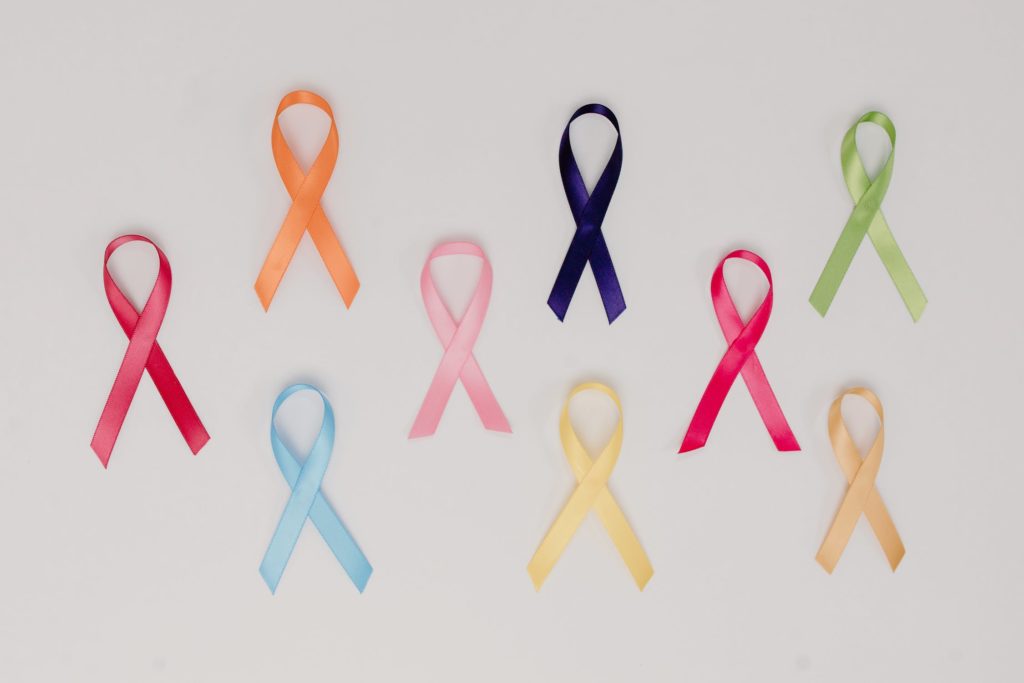Cancer is a significantly life-changing illness, not just for the patient but also for their families. As such, hospice care in California provides special attention to it. But how do these institutions manage the condition? Let’s take a closer look at how hospice care for cancer patients works.

The Challenges Of Caring For Cancer Patients
To better understand the effort that hospices give when caring for cancer patients, we also need to know the challenges they face. With cancer being a complex illness, these challenges can make the already daunting task even harder.
Transitioning Into Care
Often, many cancer patients find out about their conditions rather abruptly. This can make it hard for them to take in what’s going in. In turn, this leads to them having difficulties assimilating to the care program.
The main challenge for caregivers at this point is lessening the distress patients feel about undergoing treatment. They need to allay concerns and assure them that it will be alright. Since each patient is different, caregivers need to use a different approach for each.,
Getting Information
Another major challenge cancer patients and their families face is getting the right information to help them deal with their condition. While they might have a ton of questions, patients can have a hard time verbalizing these as they grasp the situation.
This can be made more complicated by the proliferation of unreliable information. With that, it is the job of care institutions to help them filter this information so that they are getting the right ones. This ensures a more successful therapeutic session for them.
Getting Additional Support
Going through cancer can be an emotionally draining experience not just for patients but also for their families. During these times, they need some additional support to turn to. That role often falls on caregivers.
As such, care institutions need to develop a whole host of services for the task. This includes a network of counselors that patients can talk with. There is also the need for social support, such as interacting with other patients, to help them better cope with their illness.
Palliative Care For Cancer Patients
Once the patient has been admitted for treatment, they need a care plan that would match that treatment. The first thing that you want here is to alleviate the symptoms of the disease. Luckily, many institutions focusing on hospice care in California provide palliative care as well.
This care regimen begins alongside the start of your treatment. Many of the usual cancer treatments already provide relief from the symptoms. In addition to this, the care facility can use other methods to help pain management.
There are four main areas that palliative care for cancer patients focuses on.
- Physical: This deals with both the visible and non-visible symptoms like pain, fatigue, shortness of breath, and lack of sleep.
- Emotional: Palliative care providers can help patients come to terms with their cancer diagnosis and subsequent life changes.
- Spiritual: Many care services have chaplain departments who can help patients and their families seeking deeper answers to their condition.
- Caregiver needs: Palliative care services can help families deal with the burden of caring for their cancer-stricken loved ones through different support services.
Note that each cancer patient has differing circumstances. With that, the actual palliative care plan they get into will vary greatly. For instance, they might not need as much emotional support if they have already come to terms with their condition.
Palliative Care vs Hospice Care
Palliative Care For Advanced Cancer
While treatment provides hope for cancer patients, they are not always successful. At this point, palliative care shifts focus from supporting treatment to simply lessening the pain experienced by the patient.
This is where the overlap between regular palliative care and hospice care happens. In here, there is a greater mental burden, as the patient and their family come to terms with the possibility of death. Such concerns can greatly aggravate the physical symptoms, which is why care providers need to change their methods accordingly.

Hospice Care For Cancer Patients
As mentioned earlier, providers of hospice care in California also dispense palliative care. However, the actual hospice care begins when doctors diagnose that a cancer patient has only a few months to live.
There are three criteria they take into account in determining whether it is time to move a patient to hospice care:
- The different treatments have become less effective
- There is a rapid decline in the patient’s health
- The burden of treatment now outweigh the benefits
Since each patient’s symptoms are different, there might be differences in the time when doctors declare the need for hospice care. Because of this, the patient and their family must be prepared to decide to move at any given time.
How Hospice Care Can Help Patients
At this point, you might ask how moving to a different care regimen can help cancer patients. Keep in mind that the purpose of any hospice care program is to provide a quality end of life to patients. This is so that they can enjoy the remaining days with their family.
To more effectively achieve that goal, hospice care providers assemble a team that handles the case. This team includes:
- Nurses
- Pharmacists
- Dieticians
- Therapists
- Social workers and counselors
- Volunteers
These personnel work closely with the patient’s doctor to develop the necessary care program. They also help educate family members on the ways to help their loved ones and ensure their comfort.
Having The Discussion
When entering into hospice care, the patient and their family need to have a thorough talk about the subject. The former should read through reliable information to know what to expect of the program. From there, they should take into account what their family knows.
It is also important for both sides to discuss their concerns. The former needs to make their wishes clear. On the other hand, family members should be aware of their responsibilities while the patient goes under hospice care.
Finally, it is important to talk about future goals. Here, caregivers need to stress that going into hospice care for cancer patients is not about giving up. Rather, it is about giving hope to those they will leave behind. These will help put them at ease and help them fulfill the patient’s wishes.
Get The Best Hospice Care In California
To get a quality end of life, cancer patients should opt for the best hospice care in California. We at Amavi aim to be that, offering a varied set of services. Contact us today and we will be there right by your side as you build fond memories in your remaining days.
